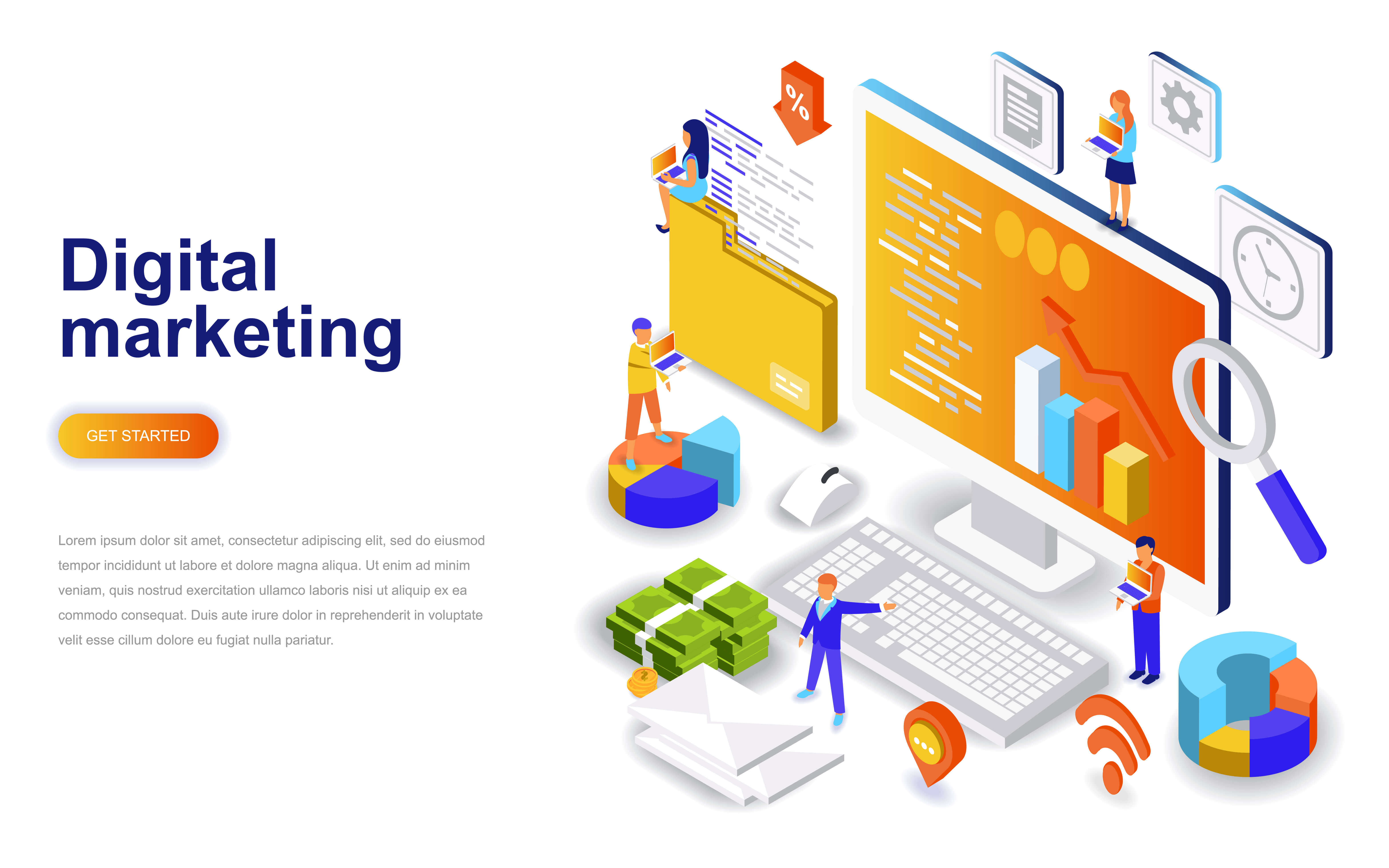If you have not been living under a rock, you are probably aware that the importance attached to any marketing or sales strategy through the productive use of an email finder is a quintessential step towards guaranteeing success. Whether it be for Link Building, Building a Blogger Data Base, Influencer Marketing, Lead Generation, or Generating Reviews and Ratings, we cannot stress enough on the fact that a viable email outreach strategy is necessary for you.
However, if we are to do all the things listed above singularly or collectively even, the same is going to take a lot of time, effort, resources, both financial as well as in terms of workers, among other things. This is the challenge that not only affects many marketing experts but also is incremental in terms of determining their growth and the growth of the campaign or marketing strategy that they are presently working on.
An Easy, Powerful and Efficient Email Marketing Tool for Outreach:
When we have identified the problem, it makes sense to come up with a solution as well. Enter Snovio, a strategically robust and defined marketing tool that is designed to help you not only as an email finder guide but also more importantly as an email validator. Snovio is not a tool that is useful only for marketers; it is also very useful for Sales Representatives, Start-ups, Entrepreneurs, Recruiters, HR Professionals, and anyone who wants to find emails and relies on email outreach or outbound research. It helps you drastically cut down the time it takes to find and collect leads and candidates.
Snovio offers a set of useful and productive services that are aimed to help individuals looking for an expert outreach strategy. Some of the tools that Snovio provides are:
- Domain Email Search
- Email Verifier
- Email Drip Campaigns
- Email Tracker for Gmail
- Professional Email Search
- Technology Checker
The Importance of an Email Finder as a Dynamic Part of Prospecting:
For most professionals who belong to the sales, marketing, or recruiting teams, locating an official email id is often the final part of completing a strategy circle. They know who they want to reach out to, what is their TG, but most often than not, they lack a coherent database of concrete and verified contact information. Most of these professionals find emails through manual searching or by using email toolsets, which are cumbersome, complicated, and quite expensive. Snovio aims to solve all those problems by its ease of working. Snovio is a verified Google Extension that works seamlessly not only in terms of standardized Google searches of people and professionals in a given region, but also carefully disseminates official emails from the professional social network. One of the most important features that Snovio provides is the function of not only searching and locating emails but also verification. Some of the emails that are collected may be invalidemails; with Snovio everyone has the opportunity of collecting and verifying leads, prospects, and human resources.
An Email Finder that Works Seamlessly on LinkedIn:
Most of the times, as a recruiter or a marketing professional, we turn to LinkedIn to browse hundreds or professional profiles, in order to look for prospects, investors, entrepreneurs, and a host of other search related activities. Snovio works flawlessly creating verified email lists from LinkedIn’s extensive database of individuals and companies. If you see the image above, we had searched for professionals in the field of SEO, and as you can see from the Snovio extension on the right, the software crawls and collects, all official email addresses of the professionals.
Following the search and categorization, Snovio prepares a user-friendly and uncluttered ‘People List’ giving you credible and verified email addresses of targeted individuals and professionals. You can also directly verify from the list whether an email is a valid one or not.
A Powerful Sales and Marketing Outreach Tool that is Budget Friendly:
We are sure that you have never heard about an outreach tool or an email finder that is cheap to use and fits well your quarterly budget allocations. We are also sure that you have never heard about an email finder tool NOT asking for your credit card details, once the free trial period is over. Well, Snovio is not only inexpensive to use, but it also offers a forever free, renewable plan with 100 monthly credits and 30 drip campaign recipients for you to try out all the tools and features. If you need to go over this limit, you can purchase a plan that suits your needs best. By the way, the pricing is pretty affordable – the cheapest plan of 1,000 credits is $29.
All the features of Snovio are open to usage even in the free plan. Unlike most competitors, who restrict usage in the free plans to one or two services, Snovio’s entire repertoire of services is open for consumers, even when it is free. You can distribute your credits however, you like. Snovio notifies you about the credits to be used beforehand. The export feature is also available in all paid plans.
The Final Verdict:
Snovio is not just any other tool for lead generation and email outreach. After a very long time, we finally have a tool and an email finder that is not only user-friendly, uncluttered, professional, and dynamic but also inexpensive, trustworthy, credible and offers great post-sales customer service. With Snovio, you can rest assured that all your outreach strategies will be streamlined and you will definitely be able to see a spike in your conversions. If you are not yet ready to go for paid plans, we would strongly suggest you trying out their free plan, as they are good in terms of offering the complete arsenal of services. With all the above advantages, we would find it very difficult to understand if someone still does not want to give Snovio a chance.
Read Also:
























